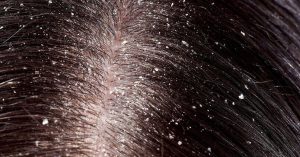
5 Easy Ways to Treat Flaky Scalp
A flaky scalp can make you feel like a snake shedding off its scales. It can be embarrassing when the
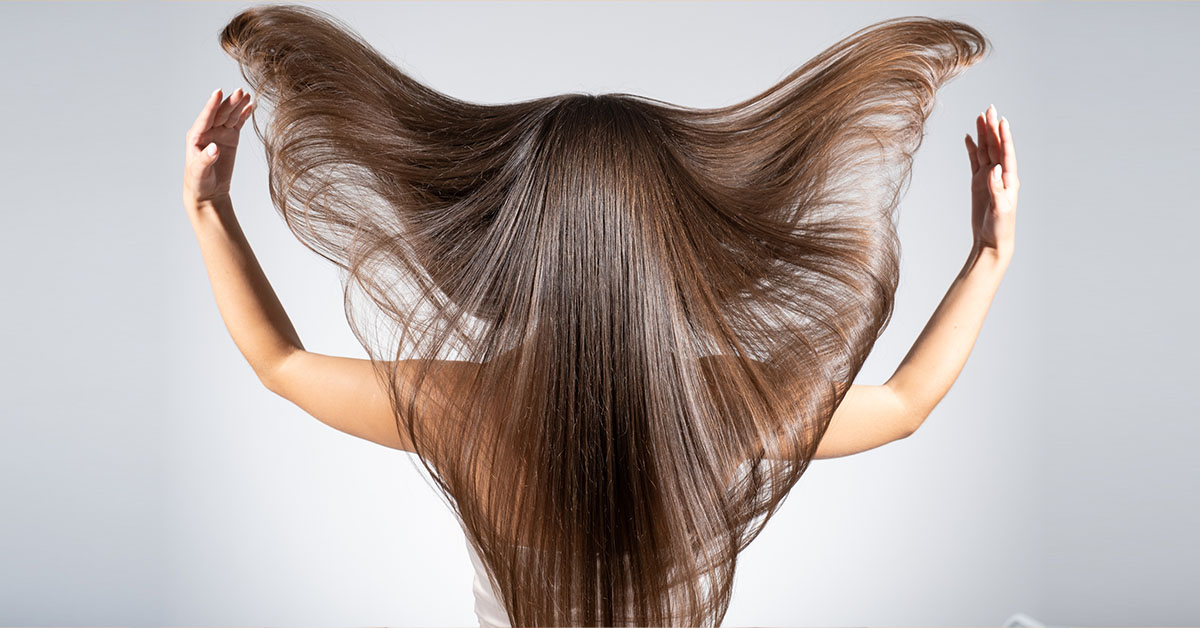
Washing your hair might seem like a simple task.
But there’s a lot more to it than you might think.
There are best practices used by hair care expert Brad Mondo to improve hair health.
Brad Mondo worked in styling celebrities including Vanessa Hudgens and established his own business.
Washing your hair the right way enhances the appearance of your health.
In this Q&A session, he recommends tips to help you perfect your hair-washing routine.

Q: What is the best water temperature for washing your hair?
A: The best option is warm water. Warm water opens up your hair cuticle, making it easier to release dirt.
Cold water, while some say it makes your hair shinier, but it doesn’t clean as effectively.
Q: How should you wash your hair?
A: You should wash your hair gently.
Avoid scrubbing harshly as it tangles and mats your hair.
Use side-to-side motions rather than round motions to avoid roughing up the cuticle and losing hair unnecessarily.
Q: Are suds necessary for washing your hair effectively?
A: No, suds are not necessary. They are just a visual cue that you are washing your hair.
A shampoo can clean your hair effectively without producing a lot of suds.
Q: Which parts of your hair should you be washing?
A: You should be washing your scalp only. The oil comes from your scalp, not your ends.
The ends get cleaned by the residue from the scalp shampoo.
Q: How much shampoo should you be using?
A: You should use about two dime-sized amounts—one for the front of your head and one for the back. This amount is usually sufficient for most people.
Q: How often should you wash your hair?
A: It varies for everyone. While washing your hair every day isn’t ideal for most people, some with extremely oily hair might need to.
Generally, washing your hair once a week or twice a week works well for most.
Q: How long should you leave conditioner on your hair?
A: For extra hydration, leave it on for about three minutes.
You don’t need to exceed 15 minutes unless you’re using a hair mask specifically designed for longer use.
Q: What should you do after getting out of the shower?
A: Do not scrub your hair with a towel. Instead, scrunch the hair in the towel gently. Avoid putting your hair in a turban as it can cause tension and alopecia.
Q: What aftercare products should you use?
A: Use products suitable for your hair type—leave-ins, oils, curl-defining products, or heat-protectant sprays. Proper aftercare is essential to keep your hair healthy.
Q: Why should you consider using higher-priced shampoo and conditioner?
A: Higher-priced shampoos and conditioners typically contain better-quality ingredients.
Lower-priced shampoos often use cheaper ingredients that can strip your hair of natural oils and cause damage.
Q: How much should you expect to pay for good quality shampoo and conditioner?
A: Spending around $25 for an 8-ounce bottle is a normal price for good quality products. They should last you a while if used correctly.
Q: Why are some shampoos so cheap?
A: They use very cheap ingredients, which is why the final product is inexpensive.
Higher quality shampoos cost more to produce due to better ingredients and manufacturing processes.
Q: Should you trust shampoos with lots of suds?
A: Not necessarily. Suds do not indicate better cleaning.
Some companies add surfactants just to create more suds, but this does not improve the shampoo’s effectiveness.
Q: What should you do if you have processed or lightened hair?
A: You might want to wash your hair once a week. This helps maintain some natural oils to hydrate your ends without drying out your hair too much.
Q: How should you treat your hair after conditioning?
A: Follow up with a hair mask if you need extra hydration.
Always use the right aftercare products based on your hair type to keep it healthy.
Q: Are there any specific tools recommended for brushing hair?
A: Use a natural bristle brush to distribute oils from the scalp to the ends.
Q: What should you avoid doing with wet hair?
A: Avoid aggressive towel drying and put your hair in a tight turban to prevent breakage and tension alopecia.
Q: How do you properly rinse shampoo from your hair?
A: Let the warm water rinse your scalp thoroughly.
This will allow the shampoo residue to clean the ends without needing to scrub them.
Follow these tips for these common questions.
In this way, you’ll make sure your hair remains healthy and vibrant.
Remember, proper hair care starts with the basics.
Knowing how to wash your hair correctly is the first step to achieving beautiful, healthy hair.
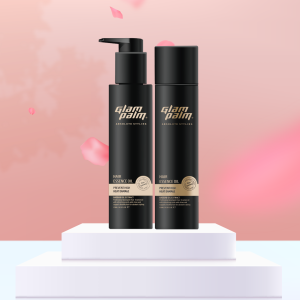
A lightweight serum with a unique formula rich in nutrients found in the seeds of the fruit that blooms o...

A flaky scalp can make you feel like a snake shedding off its scales. It can be embarrassing when the
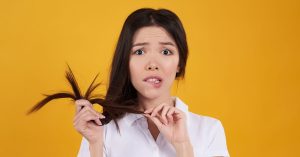
Have you ever been jealous of people with smooth, flawless hair? You can’t help but think. . . “I wish
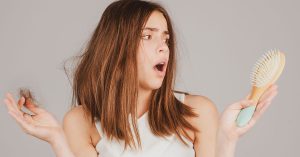
Taking care of our hair might seem simple and easy. But even what seems like harmless actions can include hair
glampalm.com.sg © 2024. All Rights Reserved.
Sign up to our newsletter below to get your $40 coupon code immediately before it is fully redeemed.